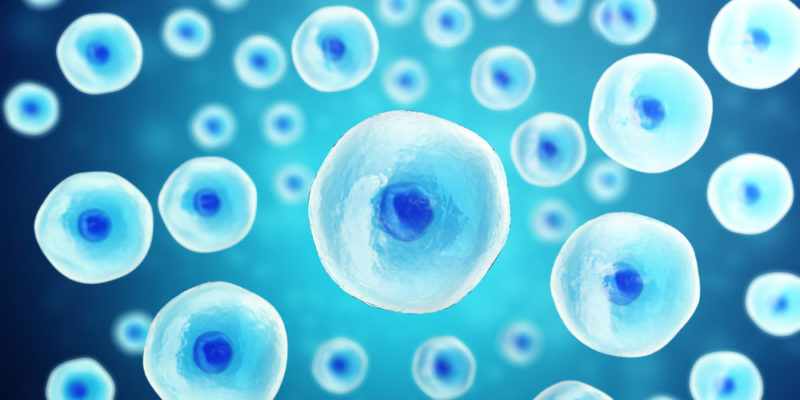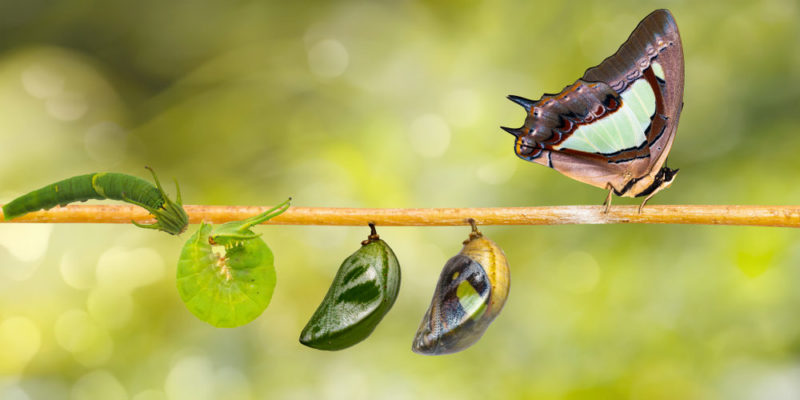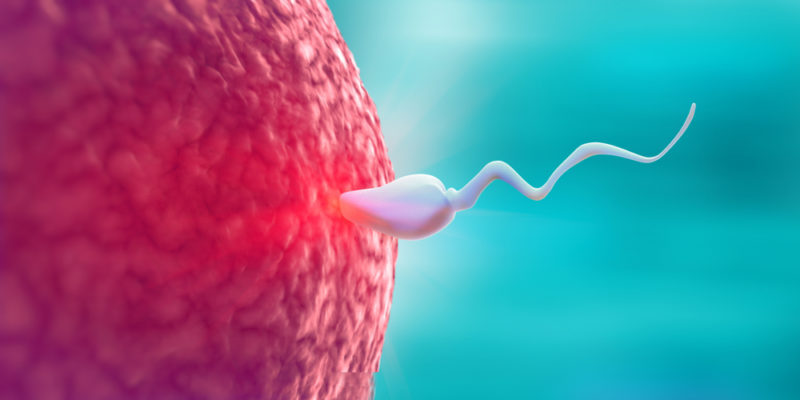We explain what life is and what is the smallest unit in a living being. In addition, its levels of the organization and general characteristics.
What is life?
From biology , a living being has been classically defined as one that is capable of being born, developing, reproducing and dying ; so that life would be understood as the set of those capacities. Human life, however, is often seen as a broader concept, with highly complex philosophical components.
Almost all living things increase in size over time , a phenomenon called growth. In turn, more or less profound and evident changes are taking place throughout this time , which we will analyze later.
On the other hand, living beings need to obtain energy to carry out their vital functions . This energy can come from the sun in the form of photons, or it can come from the degradation of nutrients contained in food.
Characteristics of life :
Minimum unit: the cell
 It is accepted that the smallest unit of organization in a living being is the cell , even though it is clear that there are important subcellular structures. This feature was hotly debated after the discovery of viruses , parasites that consist of just one molecule of deoxyribonucleic or ribonucleic acid surrounded by a protein cap.
It is accepted that the smallest unit of organization in a living being is the cell , even though it is clear that there are important subcellular structures. This feature was hotly debated after the discovery of viruses , parasites that consist of just one molecule of deoxyribonucleic or ribonucleic acid surrounded by a protein cap.
Different levels of organization
Life can present itself with a very elementary level of organization , as is the case, for example, with the case of bacteria (unicellular beings that reproduce by simple binary fission), even with high levels of complexity, with the presence of different types of tissues, especially apt to perform specific functions.
Different structures
Very different structures can be involved in life . For example, a higher animal has, in addition to tissues, organs; a plant too. An insect appears in the form of a larva and then an adult, completely different from each other.
Growth and development
 Almost all living things increase in size over time, a phenomenon called growth. In turn , more or less profound and evident changes are taking place throughout this time; often these changes are related to sexual maturity, this is called development. The metamorphosis experienced by insects constitutes a paradigmatic case of vital development.
Almost all living things increase in size over time, a phenomenon called growth. In turn , more or less profound and evident changes are taking place throughout this time; often these changes are related to sexual maturity, this is called development. The metamorphosis experienced by insects constitutes a paradigmatic case of vital development.
Energy
Every living being needs energy to carry out its vital functions. This energy can come from the sun in the form of photons , or it can come from the degradation of nutrients contained in food.
Depends on metabolism
In order for nutrients to be useful in terms of energy and as chemical skeletons, there must be processing molecules or enzymes in every living being , which are the ones that ensure the biochemical processing that leads to the permanent degradation and synthesis of compounds.
Involves adaptation phenomena
 Through millions of years of evolution , living beings have adapted to the environments in which they live and to the availability of food.
Through millions of years of evolution , living beings have adapted to the environments in which they live and to the availability of food.A classic example is that of the giraffe, an animal that with its long necks can reach the canopy of leaves of higher trees, from which it feeds. Another example is that of cacti that grow in desert areas , which, thanks to the thick cover of their leaves, prevent too much water from being lost .
Irritability or excitability
This phenomenon refers to the ability to react to certain stimuli . For example, pollinating insects are attracted to the colors of flowers, sunflowers orient their flowers following the path of the sun; sneezing is often a reaction to a respiratory toxin.
Is self-perpetuating
 Every form of life has at least one mechanism for reproduction and perpetuation, some have more than one. The mechanisms are usually classified as sexual or asexual , depending on whether or not there is a combination of gametes and therefore of genetic material.
Every form of life has at least one mechanism for reproduction and perpetuation, some have more than one. The mechanisms are usually classified as sexual or asexual , depending on whether or not there is a combination of gametes and therefore of genetic material.
Genetic and environmental conditions
Life depends on the information contained in the genes, which is inherited from generation to generation, but also on the restrictions imposed by the surrounding environment, and this is generally the basis of evolution.The above content published at Collaborative Research Group is for informational and educational purposes only and has been developed by referring to reliable sources and recommendations from technology experts. We do not have any contact with official entities nor do we intend to replace the information that they emit.
Veronica is a culture reporter at Collaborative Research Group, where she writes about food, fitness, weird stuff on the internet, and, well, just about anything else. She has also covered technology news and has a penchant for smartphone stories. .
Leave a reply
Your email address will not be published. Required fields are marked *Recent post

Sport: What Is It, Types, Risks, Features, Characteristics and Examples

Dogs: Emergence, Features, Characteristics, Feeding and Breeds

Story: Definition, Elements, Structure, Features and Characteristics

